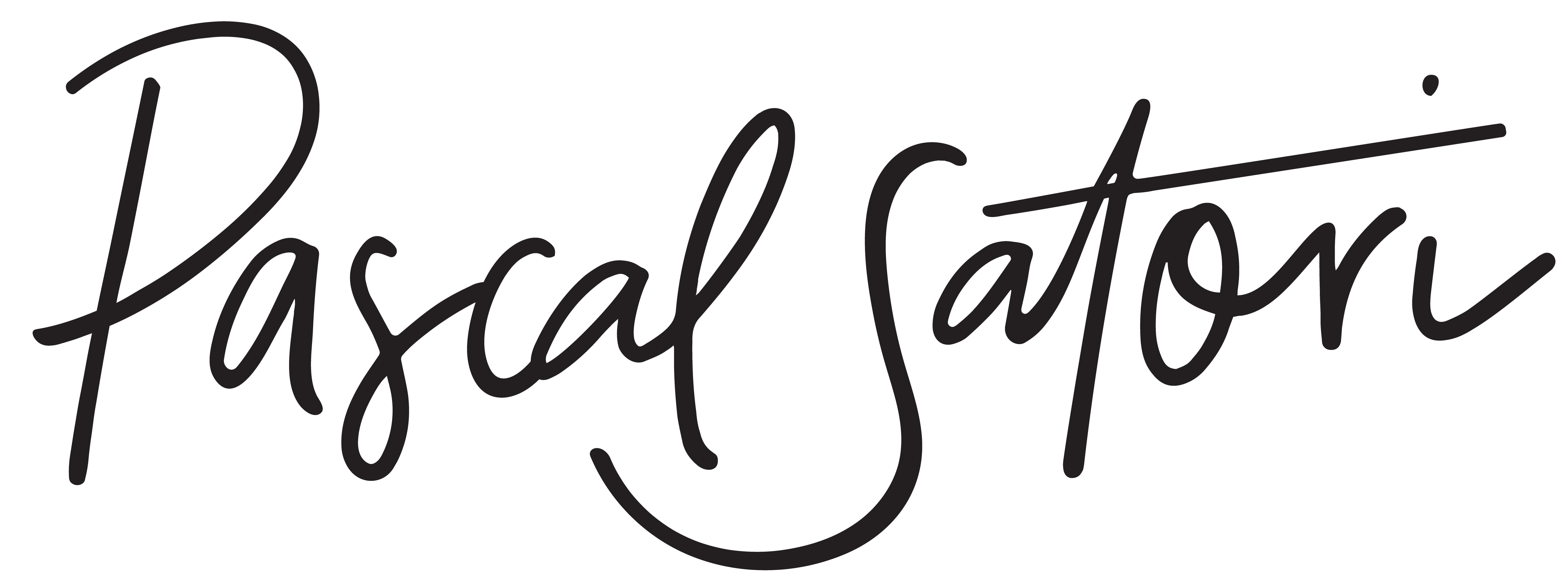Small and medium-sized enterprises (SMEs) are often called the backbone of the economy. They’re adaptable, innovative, and deeply tied to the communities they serve. But let’s be honest—running an SME is tough. Rising costs, fierce competition, and constant pressure to deliver results can make it feel like there’s barely time to think about the bigger picture.
It’s tempting to chase short-term wins, but those quick fixes often lead to wasted time, money, and energy. What if, instead, SMEs focused on doing things the right way—not just the fastest way? By reducing organisational wastage, embracing creativity, and rethinking what success really looks like, SMEs can improve ROI and set themselves up for long-term success.
Success is not just about growth
For a long time, success in business was synonymous with growth. Bigger teams, more clients, higher revenue—it was all about more, more, more. But here’s the catch: relentless growth often leads to inefficiencies, employee burnout, and decisions made on the fly.
There’s a growing recognition that success isn’t just about how fast you grow—it’s about how well you grow. A study by Deloitte found that businesses with long-term, purpose-driven strategies are 2.5 times more likely to outperform their peers financially.
Instead of asking, ‘how can we grow faster?’ ask:
- Are we using our resources in the smartest way possible?
- Are we building systems that support sustainable success?
Success doesn’t mean chasing every opportunity that comes your way. It means choosing the right ones and executing them well.
Leadership is key to reducing waste
If your business feels scattered or reactive, it’s usually a sign that something is missing at the leadership level. Clear strategy and direction from leaders provide employees with the guidance they need to focus on what matters most—and avoid wasting time on distractions.
Psychologists have long studied how clarity affects performance. According to self-determination theory, people perform better when they have autonomy, competence, and purpose. In the context of a business, this means employees need clear goals, the tools to do their job, and an understanding of how their work contributes to the bigger picture.
What great leaders do:
- Set clear priorities: Not everything is urgent. Focus on the tasks and projects that have the biggest impact.
- Model thoughtful decision-making: If you prioritise intentional, efficient work over rushing through tasks, your team will follow suit.
- Communicate the vision: People need to know why they’re doing what they’re doing. A clear, shared vision reduces confusion and ensures everyone is pulling in the same direction.
A McKinsey study found that employees in organisations with clear leadership and strategy are 25% more productive. That’s the kind of ROI you can’t afford to ignore.
Where SMEs waste the most
Let’s face it—every business has inefficiencies. But in SMEs, where resources are often limited, those inefficiencies can have an outsized impact. Here’s where wastage tends to happen most:
Time Wastage:
Ever feel like your team is stuck in a cycle of endless meetings and last-minute decisions? You’re not alone. Research from the University of California found that it takes employees an average of 23 minutes to regain focus after an interruption.
What to do: Create clear communication processes. Use project management tools to keep tasks organised and reduce unnecessary meetings.
Financial Wastage:
Spending money on the wrong tools, projects, or initiatives adds up fast. PwC reports that businesses with strong cost management practices achieve profit margins 30% higher than their competitors.
What to do: Regularly audit expenses. Are your investments delivering ROI? If not, reallocate resources to initiatives that align with your priorities.
Talent Wastage:
When employees are disengaged or spending time on low-value tasks, it’s not just frustrating—it’s expensive. Gallup research shows that disengaged employees cost the global economy $7.8 trillion annually in lost productivity.
What to do: Align roles with individual strengths and provide opportunities for employees to grow and innovate. Engaged employees are more productive and far less likely to leave.
Creativity isn’t a luxury—It’s a necessity
When people think about reducing wastage, they often focus on cutting costs. But real efficiency comes from creativity—finding better, smarter ways to work.
Take design thinking, for example. This problem-solving method encourages teams to focus on understanding customer needs and iterating on solutions. It’s not just about making things look nice; it’s about creating systems and products that solve real problems.
IBM implemented a design thinking program across its teams and cut project timelines by 75%. The program saved the company millions of dollars by streamlining processes and empowering employees to think creatively about efficiency.
The takeaway? Efficiency and creativity aren’t opposites—they work best together.
Reducing wastage for long-term ROI
So, how do you reduce wastage and set your business up for sustainable success? It starts with rethinking how you approach decisions and creating space for long-term thinking.
3 ways to get started:
- Reassess priorities: Not everything needs to happen today. Decide what’s truly urgent and focus your energy there.
- Encourage reflection: Build time into your processes to review what’s working and what’s not. This prevents your team from running on autopilot.
- Reward the right behaviours: Recognise and celebrate employees who prioritise quality and thoughtfulness over speed.
When you create a culture that values intentional work and creativity, you don’t just reduce wastage—you build a business that’s prepared for whatever comes next.




